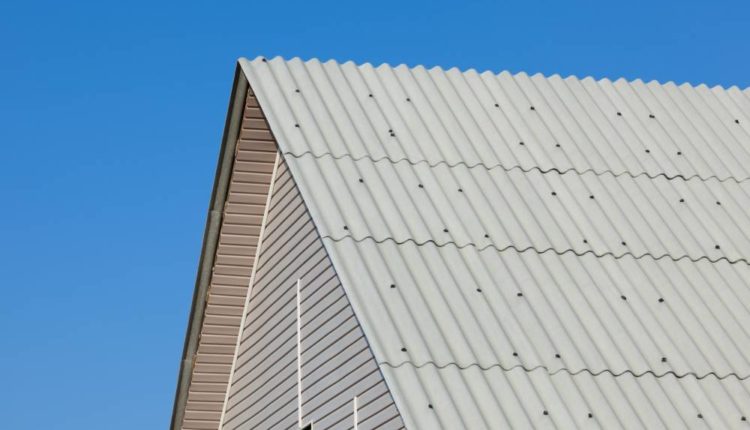Painting roofs white helps lower city heat, studies say
PARIS – White or reflective paint is more effective at cooling cities than covering roofs with solar panels or greenery, scientists say, and could provide some relief on extremely hot summer days.
Two separate studies looked at the effect of ‘cool roofing’ and found that the use of white or reflective coatings could reduce outside temperatures in the city by up to two degrees Celsius. Scientists from University College London (UCL) used a model of Greater London to test different cooling methods during the hottest days of 2018, when the city experienced a record summer.
The results, recently published in the journal Geophysical Research Letters, showed that if applied on a large scale, cool roofs could reduce ambient temperatures by between 1.2°C and 2°C.
Other approaches, such as planting vegetation at street level or installing solar panels, provided a much smaller cooling effect at an average of about 0.3 degrees Celsius in London, the study found. Covering roofs with greenery had a “negligible” impact on temperatures, but could also provide other benefits, such as better drainage and wildlife habitat.
“We extensively tested several methods that cities like London could use to adapt to and mitigate global warming, and concluded that cool roofs are the best way to keep temperatures down during extreme hot summer days,” says the study’s lead author, Oscar Brousse from UCL. .
“Other methods had several important side benefits, but none were able to reduce outdoor urban heat to nearly the same levels.
“Scientists also found that air conditioning, which transfers heat from indoors to outdoors, can warm the environment in densely populated central London by as much as 1 degree Celsius.
“By reflecting heat rather than absorbing it, cool roofs have the dual benefit of cooling not only the urban environment outside the city, but also the inside of buildings,” the report said.
– ‘Minimally intrusive’ –
A separate study published in March looked at real-world results from painting white not only roofs, but also roads and exterior walls in an industrial area of Singapore.
Researchers showed that overall temperatures were reduced by up to 2 degrees Celsius in the afternoon, making pedestrians feel 1.5 degrees cooler in tropical climates. Lighter surfaces reflect heat instead of absorbing it, an effect known as albedo.
High-albedo surfaces include snow and ice, or light-colored urban materials.
Asphalt, on the other hand, has a low albedo and absorbs more energy and therefore heat, just like oceans and forests.
Other studies have shown that roofing made of white plastic materials reflects 80 percent of the sunlight that falls on it.
Cool roofing has already been installed in Greece, which is vulnerable to scorching summer temperatures, and in parts of India where heat waves can be extreme.
Some experiments involving painting roads and sidewalks white have proven less popular, while some complaints about glare and dirty surfaces in cities tested the approach in the United States and France.
Cities are ‘heat islands’ that experience higher temperatures than their surroundings, absorbing energy from the sun in buildings and roads.
As the world’s population continues to migrate to cities and heat waves become longer and stronger due to climate change, finding ways to adapt will become a priority for city planners.
White roofing was “a minimally invasive solution for urban cooling that has an immediate impact compared to other options” that require more intervention, said EVS Kiran Kumar Donthu, the lead author of the Singapore study. -AFP


Comments are closed.